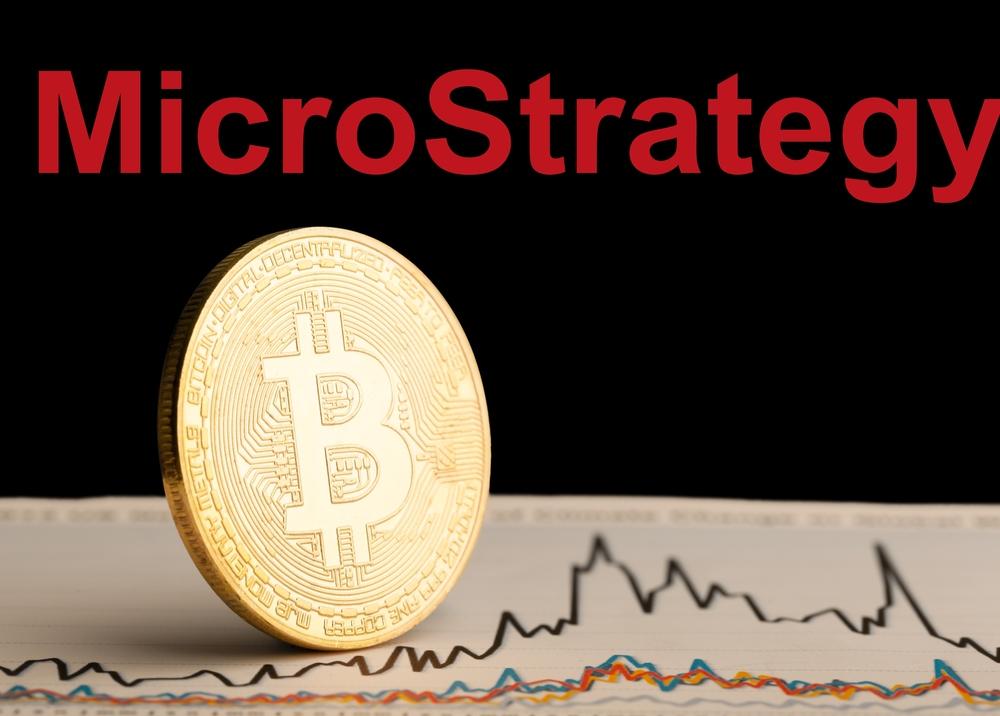Western Union (WU), one of the world’s leading cross-border payment providers, is set to introduce a U.S. dollar-backed stablecoin to power its vast 100 million-user network. The upcoming U.S. Dollar Payment Token (USDPT) will launch in the first half of next year, marking Western Union’s entry into blockchain-powered remittances and digital asset payments.
The USDPT will be issued by Anchorage Digital, a federally regulated digital asset bank, and will operate on the Solana (SOL) blockchain—renowned for its fast, low-cost transactions. According to CEO Devin McGranahan, the initiative reflects Western Union’s commitment to “bringing the benefits of digital dollars to our global network” and fostering faster, more efficient, and more inclusive financial services.
The move places Western Union among a growing list of financial giants embracing blockchain technology. Competitors such as MoneyGram, PayPal, and Stripe have already integrated stablecoin-based solutions into their ecosystems. MoneyGram’s platform uses Circle’s USDC and the Stellar blockchain, while PayPal’s stablecoin—issued by Paxos—has grown to over $2.7 billion in circulation since its 2023 debut. Stripe is also developing blockchain infrastructure tailored for seamless crypto payments.
Western Union’s entry into the stablecoin space underscores a broader industry trend: traditional financial firms are leveraging blockchain to enhance cross-border efficiency, reduce costs, and expand access to digital finance. The surge in adoption follows clearer regulatory frameworks, such as the GENIUS Act in the U.S., which provides much-needed oversight and legitimacy to stablecoin issuers.
As the stablecoin market surpasses $300 billion, Western Union’s strategic leap signals the continued fusion of traditional finance with blockchain innovation—paving the way for a more connected, accessible global payment system.

























Comment 0